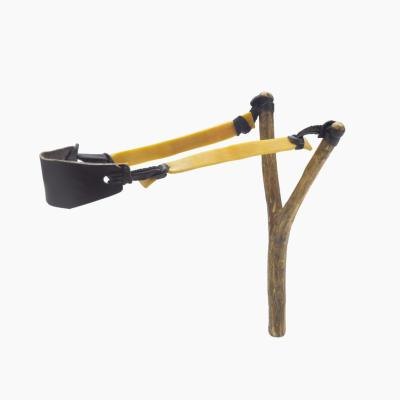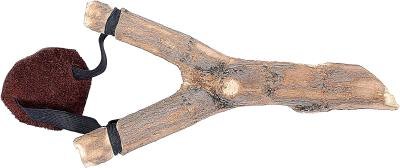School Project Catapult Ideas
Catapult building is a common project assignment throughout upper elementary, middle and even high school. Teachers may ask students to build a catapult to support learning mathematics, science or history. Besides providing a useful academic exercise, however, catapult building and use brings an opportunity to use your imagination and creativity as you hurl anything from paper clips to soccer balls.
Troll Catapult
- The troll catapult measures only tabletop size and can be constructed by a beginner catapult creator. As with many do-it-yourself catapult plans, you can replace many of the required materials with things you have around the house to create a unique contraption. The official plans for this catapult, a miniature replica of medieval siege catapults, call for several short pieces of wood, screws, nails, rubber bands, eye hooks, wood glue, cardboard and a small strip of metal. You will need to be able to cut the wood, screw and nail to complete this project.
Backyard Bungee Catapult
- The backyard bungee catapult measures about 2 feet long. It uses a bungee cord as the power source, so users should wear safety goggles when making and firing it, just in case the cord snaps. Though it uses a bungee cord as the power source, it only shoots about 30 feet. However, you will be able to build this catapult in about two hours out of common materials, including 2-by-3s, a bungee cord, a paper cup, eye hooks, screws and a broom handle. You can substitute materials, if necessary.
Mousetrap Catapult
- This tiny catapult measures only the size of your hand, and you can make it in less than one minute. However, you will need to exercise caution when using it because when the spring mechanism snaps, it can cause harm to the user. To make it, you will need a mousetrap, pliers, a plastic spoon, electrical tape and a soft projectile, such as a marshmallow or grape. The spoon will act as the cup for your projectile. Use a smaller or larger mousetrap according to your needs and tastes. The finished catapult will hurl objects up to 40 feet.
Tiny Castle Catapult
- Make this catapult to go along with a castle-building project. It provides an excellent working prop for a paper mache castle and can be used to play storm-the-castle games. You will need 10 Popsicle sticks, a ruler, a pencil, scissors, a large rubber band and masking tape. While you do not need any special woodworking skills to complete this project, you will develop crafting skills as you go. After you finish it, try shooting wads of paper through the castle windows, assigning different point values to each window.

















